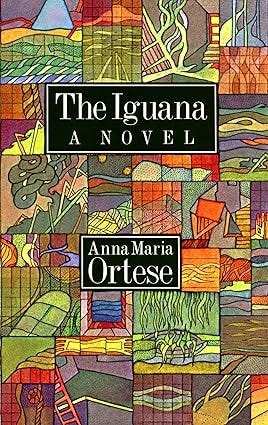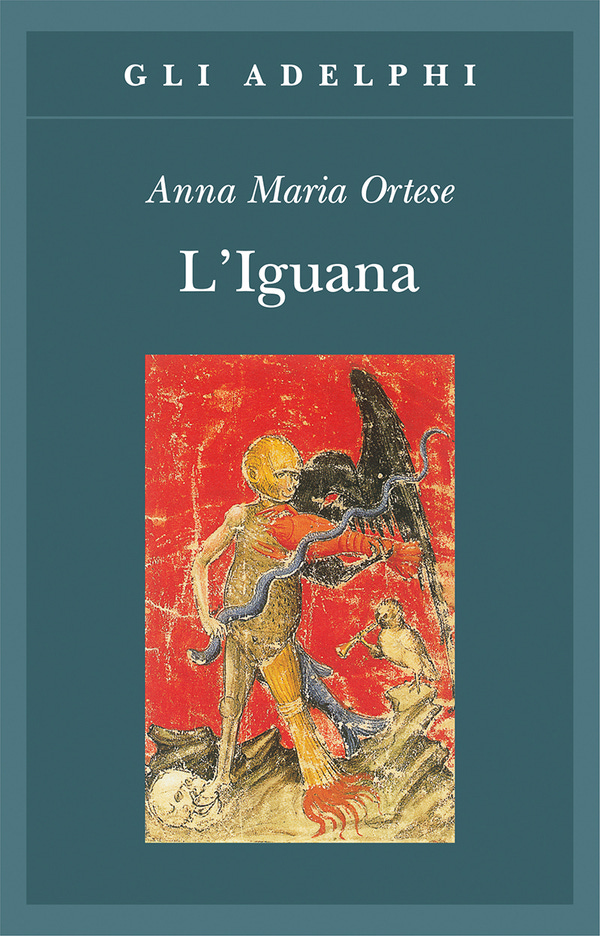📢 **Exciting News: Elevate Your Experience with Premium Benefits!**
Now, I'm thrilled to unveil an exciting development—we're introducing premium paid subscriptions to Vedanta Substack! By becoming a paid subscriber, you not only enhance your experience but also play a crucial role in supporting the continuation of our exploration.
Vedanta Substack is a reader-supported publication. To receive new posts and support my work, consider becoming a free or paid subscriber.
🔓 **Unlock Exclusive Benefits as a Paid Subscriber**
As a paid subscriber, you'll enjoy a range of exclusive benefits:
- Access to in-depth posts with special recommendations for further study.
- Personal invitations to exclusive chats or podcast interviews on captivating topics, featuring multiple thinkers simultaneously.
- The opportunity to propose the publication of your articles and essays on Vedanta Substack.
- Invitations to Vedanta retreats and events offering a deeper exploration of spiritual and philosophical realms.
Image by Author.
"A man who does not know the Truth imagines: "I am alive". Just as one mistakes a rope for a snake or a bejewelled stick for a precious rod"
Brihadaranyaka Upanishad 4.4.15
This evocative analogy, taken from the ancient Upanishads, poetically describes the illusoriness of the phenomenal world (maya). It compares it to the man who, in the dark, sees an anonymous wood but mistakes it for a snake, shuddering and scared. But when he realizes the harmless reality, the fear vanishes.
In the same way, according to Vedanta, the apparent cosmos, like a deceptive snake, veils the ultimate Reality of Brahman-Atman, the impersonal Absolute identical to the Self. But when, thanks to metaphysical knowledge (jnana), the veils of ignorance fall, one finally understands the illusory nature of the manifest world.
This ancient Vedic metaphor finds a wonderful echo in contemporary literature, as demonstrated by the novel "The Iguana" (1965) by Anna Maria Ortese.
What can be remarked about a deceased Italian female writer, relatively unfamiliar to the English-speaking audience? She prompts contemplation and has authored a work that is not just enchanting but also as deep and philosophical as any comparison one might draw with luminaries such as Borges, Cortázar, or Marquez. Indeed, she surpassed them, albeit in a more intricate manner.
The Infinite Library of Borges and the Silent Intuition of Shankara.
📢 **Exciting News: Elevate Your Experience with Premium Benefits!** Now, I'm thrilled to unveil an exciting development—we're introducing premium paid subscriptions to Vedanta Substack! By becoming a paid subscriber, you not only enhance your experience but also play a crucial role in supporting the continuation of our exploration.
The Iguana (English Edition) translated by Henry Martin.
Set on the imaginary Portuguese island of Ocaña, the book tells the adventures of Count Carlo Ludovico Aleardo di Grees, aka Daddo, a resourceful Lombard architect sent to the exotic location in search of lands on which to make investments for a wealthy noble family.
Here Daddo meets the ambiguous Jimenez brothers and their enigmatic servant Estrellita, a sort of “anthropomorphic iguana” with reptilian features. The elusive figure of the Iguana, the object of segregation but also of an obsessive love by the count, is at the centre of the story with growing tension and mystery.
On the surface, the Iguana inspires unease and repulsion because of its deformed appearance, like the stick that illusorily evokes the image of a treacherous snake. But to a gaze able to see beyond, the creature reveals her authentic suffering humanity. Behind the reptile body, a sorrowful soul longs for understanding.
In this sense, the figure of the Iguana wonderfully recalls the ancient Upanishadic comparison: her monstrous appearance is like the stick concealing an apparent snake, generating fear of a merely imagined danger. In reality, her truest essence is harmless human dignity.
Image by Author.
The Vedantic perspective offers a fruitful hermeneutic key to interpreting Ortese's novel. In the Indian metaphysical view, the world is a veil of Maya, a deceptive illusion that hides the spiritual reality of Atman-Brahman, the universal Self. Similarly, in the book, the disturbing physical "anomaly" of the Iguana hides from most people the common humanity that resides in it.
Both visions invite not to limit oneself to external appearances but to grasp the hidden essence that transcends them. What appears to be a threatening snake, in the ultimate analysis, is just a harmless stick devoid of autonomous reality. Likewise, on the profound level of Being, the repugnant body of the humanoid lizard Estrellita dissolves its illusory boundaries to reveal the common Selfhood of every sentient creature.
As scholar Giovanna Caltagirone points out, in Ortese's novel natural elements always embody a metaphysical dimension as well. The iguana thus refers to the ancestral bond between man and animality, but in a transcendent sense, as the “extreme attempt of the ‘diverse’ to make itself understood by the human world through an impossible language and a mute supplication".
Thus, in her dramatic condition on the margins of society, Estrellita evokes the Appeal of the creatures invoked by various mystics, from St. Francis to Tagore. That invocation rises from the depths of being towards men, urging them to reawaken an empathy capable of breaking down the imaginary barriers between oneself and the other.
The Iguana (Italian Edition), Adelphi Editore.
Barriers exist due to the deception of the senses, just as the Vedantic man mistakes a harmless wood for an imaginary snake. By overcoming this “distorted vedana”, one finally discovers the intimate communion underlying existence: “Tat Tvam Asi”, You Are That, every Being is the Absolute and the Absolute is every Being.
In the Vedantic perspective, the term vedana indicates sensory perception, the ability to perceive the phenomenal world through the senses. However, since the manifested world is the result of maya, cosmic illusion, sensory perception is necessarily “distorted” as well, not aligned with the ultimate Reality of Brahman.
Ortese's novel proves itself to be a refined mirror reflecting universal metaphysical themes traversing epochs and cultures. Through visionary and layered writing, the author composes a contemporary fresco closely tied to the great unsolved questions of the present time, which at the same time transcends space and time to speak to us readers with a timeless voice, eternal.
One of the merits of the work is precisely this: it immerses itself in the very concrete particulars of the story narrated and then reconnects to the horizon of the whole, of the absolute principle. Like the Upanishadic metaphor of the wood that seems like a snake but ultimately reveals itself, so does Ortese’s novel leads the reader from the individual dimension to the transfinite one of Being, where illusory differences dissolve and the common universal Reality unveils.
I have woven tales to share, for any who care to read them. My books await you on Google Books. Check also my stories on Medium.com.
I would be honoured if you considered subscribing to the Premium Contents of my Vedanta Substack and leaving feedback, comments, and suggestions both on this page and by writing to me at cosmicdancerpodcast@gmail.com.
Thank you for your precious attention








